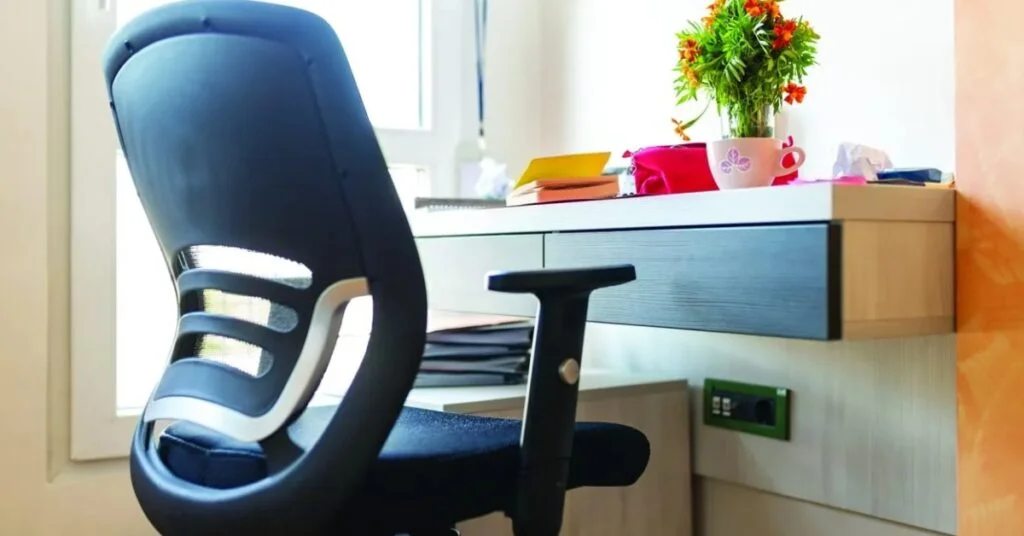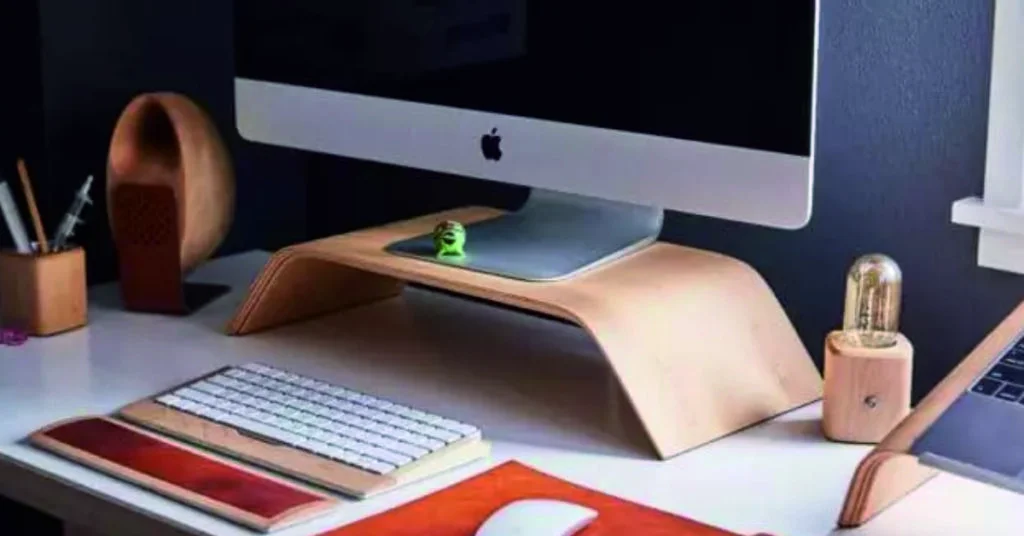
It may not appear like an enormous bargain, but selecting the correct ergonomic chair for your work area or office can make a distinction in your well-being and consolation. Sitting for expanded periods of time can put an expansive sum of stretch on the back and spine, which can result in back issues and genuine discomfort. Learning more about how to choose the correct ergonomic office chair can assist you to dodge these well-being issues, progress your pose and remain comfortable all through your workday.
Working in an office regularly includes investing an extraordinary bargain of time sitting in an office chair – a position that includes pushing to the structures within the spine. In this manner, to dodge creating or compounding back issues, it’s imperative to have an office chair that’s ergonomic which underpins the lower back and advances great pose.
What Kind of Office Chair is Best?
There are numerous sorts of chairs accessible for utilization within the office. No one sort of office chair is fundamentally the most, excellent but there are a few things that are exceptionally vital to seek in a great office chair. These things will permit the person client to create the chair that works well for his or her particular needs.
Why You Wish for an Incredible Office Chair
Uncomfortable seats are awful for well-being and efficiency:
The genuine test of a comfortable chair is whether you’ll sit in it for a long time or not. A few chairs could seem fine, to begin with, but those that are ineffectively planned will continuously cause distress with drawn-out sitting. The body essentially isn’t planned to sit in an unnatural way and when your spine is put in a position that isn’t characteristic, your pose will endure which can cause long-term wellbeing issues. In case you regard the ancient saying of ‘prevention is superior to the cure’, you’ll spare yourself a part of the torment and money.
What each individual needs is an office chair planned to supply an extraordinary bargain of back and comfort, and as ergonomic chairs are outlined with the body in intellect, they give fair that. The leading ones are exceedingly flexible, so you’ll be able to set your chair up to bolster you flawlessly and appreciate the well-being and efficiency benefits brought by appropriate posture.
Office chairs eventually need replacing:
While ergonomic office chairs should last for a relatively decent amount of time, they have a finite existence and will eventually need replacing. Over time, your office chair will degrade and its effectiveness from an ergonomic perspective will obviously suffer; material rigidity can be lost, the various mechanisms can deteriorate and comfort can simply win over time. The majority of decent office chairs should last for between seven and ten years, based on 40 hours per week of use.
If your chair is coming to the end of its life, you probably know already. This could be evident from it just not providing as much comfort or support as before or perhaps it simply looks drab or outdated. In any case, planning ahead is the best course of action and you should line up an effective replacement in advance.
To see after your lumbar:
An imperative reason for choosing an ergonomic office chair is that they are particularly outlined to offer lumbar bolster, though normal chairs are not. This can be especially vital include and ought to be an outright need when choosing your chair. Thinks about appeared chairs that don’t have committed lumbar back powers the back to be bowed forward in an unnatural bend. This leads to the muscles of the lumbar locale straining and being pulled out of their normal position, putting weight on the spinal plates and diminishing the bloodstream to spinal tissue.
All of these cause the back muscles to weaken, put excessive pressure on the plates, and can indeed cause squeezed nerves within the back. Office chairs with awesome lumbar bolster obviously avoid this circumstance and the consolation and normal blood circulation they advance will assist you to feel looser, deliver you rectify your pose, and in turn, make you more profitable at work.
For moving forward posture:
The correct pose is one of the greatest focal points of owning a quality ergonomic office chair and is as great a reason as any to contribute to one.
There are different steps that are required for keeping up a great pose, and clearly, it’s vital to urge yourself to a chair that will permit you to do them.
You require a chair that:
– Permits you to keep your feet level; either on the floor or put on an ottoman.
– Gives a little hole between the back of your knees and the front of the situated edge.
– Can be situated to permit your knees to be underneath the level of your hips.
– Has a flexible backrest that makes a difference you discover an appropriate position to back your lower back and spine.
– Permits you to alter position effortlessly, so you don’t sit in precisely the same position for as well long.
What Highlights Ought a Great Ergonomic Office Chair Have?
Adjustable Height:
An ergonomic chair effectively expands upwards and downwards and can be balanced between statures of 15 to 22 inches. The user’s feet ought to rest immovably on the ground and the knees ought to be bowed at a point of 90 degrees whereas sitting.
Adjustable Armrest:
Opt for a chair with a movable armrest such that the client can put their arms comfortably on it. Note that the stature of the armrest ought to permit the elbows of the client to be at a point of 90 degrees.
Seat Dimensions:
Before buying the chair, one ought to sit on it to check whether the width and profundity of the chair are comfortable for them. Note that each chair encompasses a particular weight constraint so select one concurring with your body weight.
Lumbar Support:
The best ergonomic chairs come with a great lumbar alteration where the stature and profundity of the lumbar back can be balanced agreeing to the common bend of the lumbar locale of the spine.
Adjustable Backrest:
The width of the backrest ranges between 12 to 19 inches and can lean back within the forward or reverse heading. The chair comes with a locking instrument so that the chair’s point of the lean back can be balanced and fixed.
The Wheel Base:
Choose a five-pedestal ergonomic chair on casters that can float unreservedly and effectively on distinctive flooring materials. The five spokes guarantee great versatility and steadiness inside the chair.
Upholstery:
If you’re searching for upholstery that’s maintenance-free at that point select materials like vinyl or calfskin. You’ll moreover consider texture upholstery for the ergonomic chair since texture could be a breathable fabric that feels comfortable in summer but tends to urge grimy over a period of time. Moreover, the cushioning material of the situation ought to be made of great quality froth. Consider a memory froth pad since it comparatively keeps going longer than other cushioning materials.
Swivel Chair:
Choose an ergonomic chair that swivels or turns effortlessly so that there’s a great workstream and one can effectively reach out for things.
Head Support:
Premium quality ergonomic chairs come with a great head back that can be balanced agreeing to the stature of the user’s head when in the sitting position. The head bolster offers great bolster to the shoulders, head, and neck.




